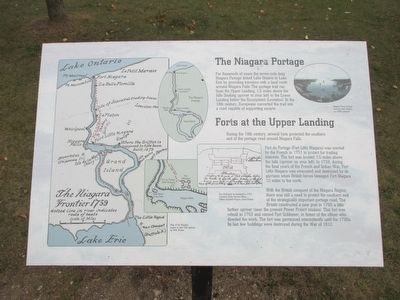As you journey through Idaho on US Highway 20, you’ll pass by a little-known but historically significant trail known as Goodale’s Cutoff. This route, named after the trailblazer Tim Goodale, played a pivotal role in the westward expansion of the United States during the mid-19th century. Originally a part of the greater Oregon Trail, Goodale’s Cutoff offered pioneers an alternative path that promised both safety and a more direct route to the gold fields of Idaho.
In 1852, John Jeffrey, recognizing the potential of the Shoshone migration routes, began promoting a spur trail to boost his ferry business. However, it wasn’t until 1862, when Goodale led a massive wagon train of over a thousand emigrants, that the trail gained prominence. This journey was marked by challenges, as the rugged terrain of the Snake River Plain tested the endurance of both people and their wagons.
The Northern Shoshone and Bannock tribes, witnessing the influx of emigrants, began to resist these intrusions into their ancestral lands. By 1863, the need for a safer passage was evident, leading to the widespread adoption of Goodale’s Cutoff by the majority of wagon trains heading west. The route wound through some of Idaho’s most striking landscapes, including the stark beauty of the Craters of the Moon National Monument.
Despite its challenges, Goodale’s Cutoff was a beacon of hope for many pioneers seeking new opportunities in the West. It remained a critical path until the advent of the railroad, which eventually rendered such arduous journeys unnecessary. Today, while much of the trail is inaccessible by car, its legacy endures, offering a glimpse into the determination and spirit of the early pioneers who helped shape the American West.



